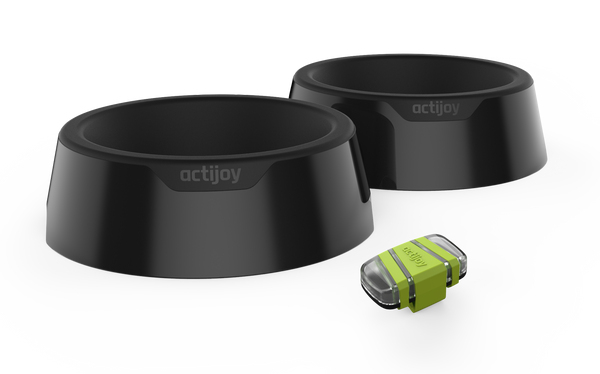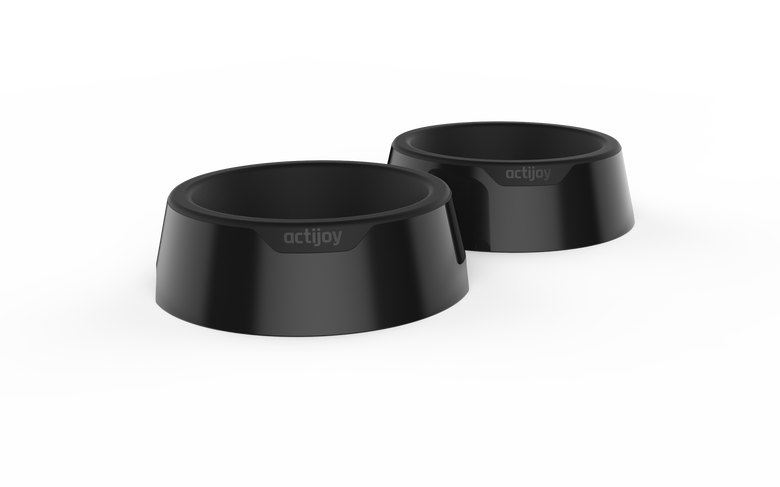Things to consider before getting a Doxie
Thinking about adding a new dog to your family? Besides ensuring that you have enough room in the car and energy to keep up with your new fur friend, it is important for you and your family to learn about the breed’s traits, physical characteristics and other breed specific concerns, such as possible health problems.
Dachshunds and German Shepherds are loved around the world, but did you know these two dogs have more in common than a shared homeland? Both are susceptible to Intervertebral Disc Disease (IVDD), a neurological disorder that can cause pain, nerve damage and, in some cases, paralysis. Before exploring IVDD in more detail, it is important to note that although this disease can result in paralysis, it is by no means a death sentence. Paralyzed dogs can live full and happy lives with a little extra care, but it can be expensive and should be factored into your decision to include one of these wonderful breeds in your family.
IVDD occurs when the intervertebral disc cushioning of the spinal column is displaced, deteriorated, bulged-out, ruptured, or herniated into the spinal cord space, which then causes the discs to press on the nerves that run through the spinal cord. There are two forms of IVDD:
- Hansen Type I occurs when the outer layer of the discs calcify or harden, which damages the disc and allows it to break down more easily. It is most commonly seen young or middle-aged (3-6 years old) chondrodystrophoid (dwarfed) dog breeds. Chondrodystrophoid breeds are those that have been genetically altered to create a short and stout stature, such as Dachshunds, Beagles, Bulldogs, Corgis and Basset Hounds.
- Hansen Type II is a gradual and progressive disc protrusion over a longer period of time. It occurs in older (8-10 years old) non-chondrodystrophic breeds, such as German Shepherds, Labrador Retrievers and Dobermans.
Obese dogs are especially at risk, whether chondrodystrophic or not, as the added weight increase stress on the spine. Although IVDD is a degenerative process, sudden trauma, such as when jumping or playing fetch, can cause discs that are already weakened by IVDD a rupture or herniation. This is an especially important aspect to be aware of when considering adding a dachshund to your family. Although they have short legs and are considering funny little lap dogs, they are very active dogs that love to run and jump. They especially love daring jumps and challenging leaps and they are well known for their serious stubborn streak, which means you need to be prepared to teach them not to jump on furniture and keep a watchful eye on their weight and physical activity. It is estimated that nearly 25% of wiener dogs have IVDD, with severe cases requiring surgery that typically ranges between $2,000 and $6,000.
We’ve teamed up with the TheSmootheStore.com, an online shop dedicated to all things dachshund and the wiener dog gift headquarters, to provide you with this information about IVDD. For more detailed IVDD information you should consult your vet and one of these IVDD resources.
If you enjoyed this article learn also more about canine health by subscribing to our blog!



